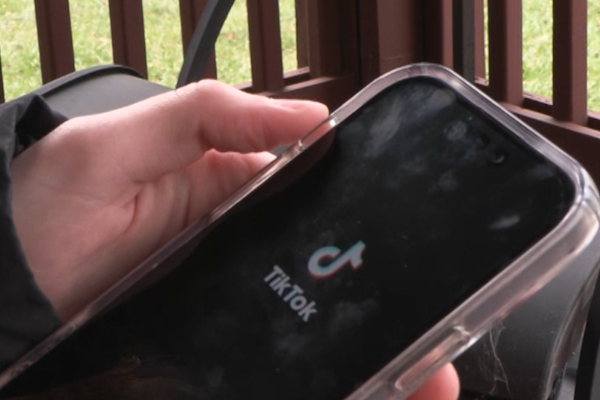SYRACUSE, N.Y. (NCC News) — You may have been a fan of the hair texture chart, but a curl specialist in Syracuse suggests you throw it away.
What is the hair scale?
Well, it categorizes different hair types.
The hair chart breaks down hair types from type one to type four.
It ranks hair types three and four as curly and types one and two for straighter hair.
Syracuse University student Chesnie Caster believes her hair type fits more than one category.
“I would say I have a little bit of different things 3-C, 4-A, 4-B,” Caster said.
Syracuse resident Marlynda Walker has curly hair but said her hair is different every day.
Another Syracuse University student, Bibiana Snyder, said she straightened her curly hair every day for eight years but loves her curly hair now.
The hair chart was created in the ’90s by Oprah Winfrey’s hair stylist, Andre Walker.
Curl Specialist at Sola Salons Shakera Kemp believes Walker had good intentions when creating the hair scale.
“He created that system because he was coming out with a line of products,” Kemp said.
Walker’s hair care line is called “Andre Walker Hair,” and Kemp said the scale was created to help Walker’s clients choose products from his line to best suit their hair texture.
Students on the Syracuse University campus spoke about what they felt their hair type was.
“Nah. Yea, I’m straight, and I’m thin, and I’m fine,” James Katatto said.
Others on campus weren’t sure about the texture of their hair based on the scale.
“It makes them think that their hair is difficult because they’re put into this category when that’s really not the case,” Kemp said.
Kemp recommends everyone to stop using the hair chart.
Kemp said it puts people in a box and is not the best way to learn about your hair.
She said it’s more important to know the characteristics of your hair strand.
“What you really need to be more concerned about, is your texture, which is the size of your hair strand,” Kemp said.
She also said it’s important to consider your daily routine.
“Somebody that works at home has a chill lifestyle,” Kemp said. “I’m not going to recommend the same thing to someone who’s on the go five to six days in a week working out all the time. You’re going to be using some different kinds of things.”
And by things, Kemp was referring to different hair products.
She said it’s important to find a hair routine that best fits you.
And that you don’t need the hair scale to find it.
“You are beautifully, fearfully, and wonderfully made,” Kemp said.
Kemp also recommends finding a hair specialist for additional help in the natural hair journey.
For those who are not natural or use chemicals to straighten their hair and want to transition, there are specific steps a specialist takes involving trimming, treatments, and protective styles.
Natural hair is an ongoing topic across the United States.
A new law may be created to ban the discrimination against natural hair in workplaces and at schools in the United States.
The House of Representatives passed The Crown Act Bill that now sits before the Senate.
As hair changes and bills are created, Kemp said there’s beauty in it all.




